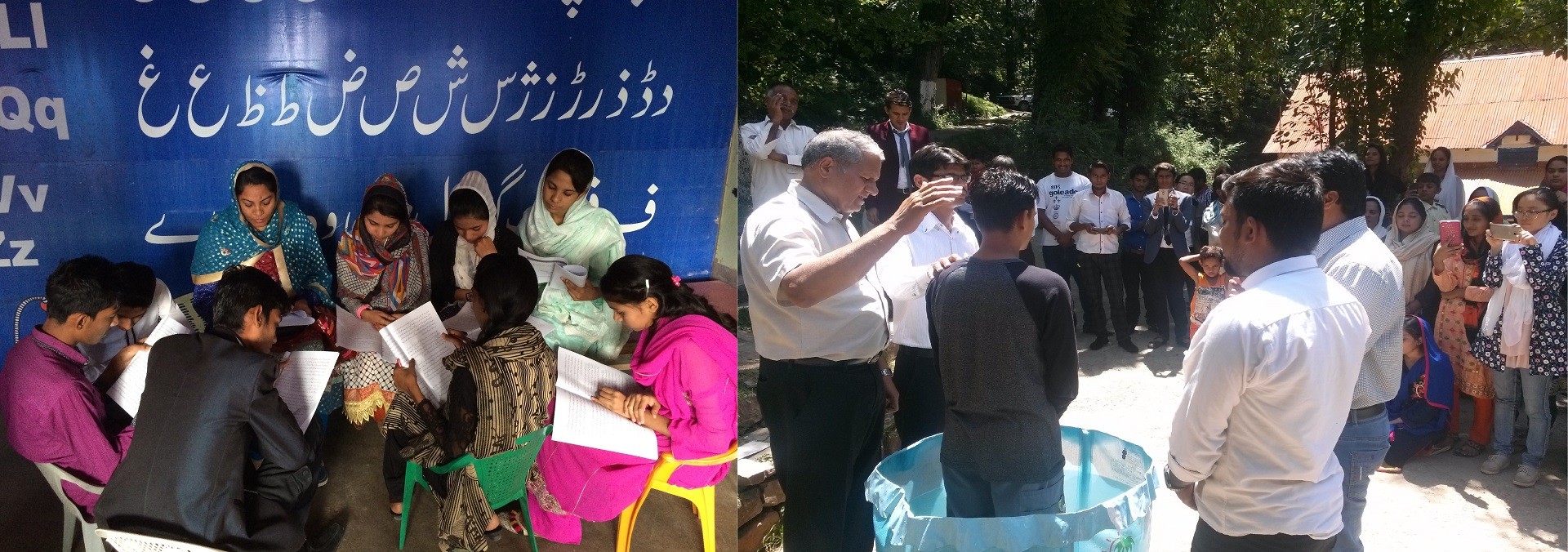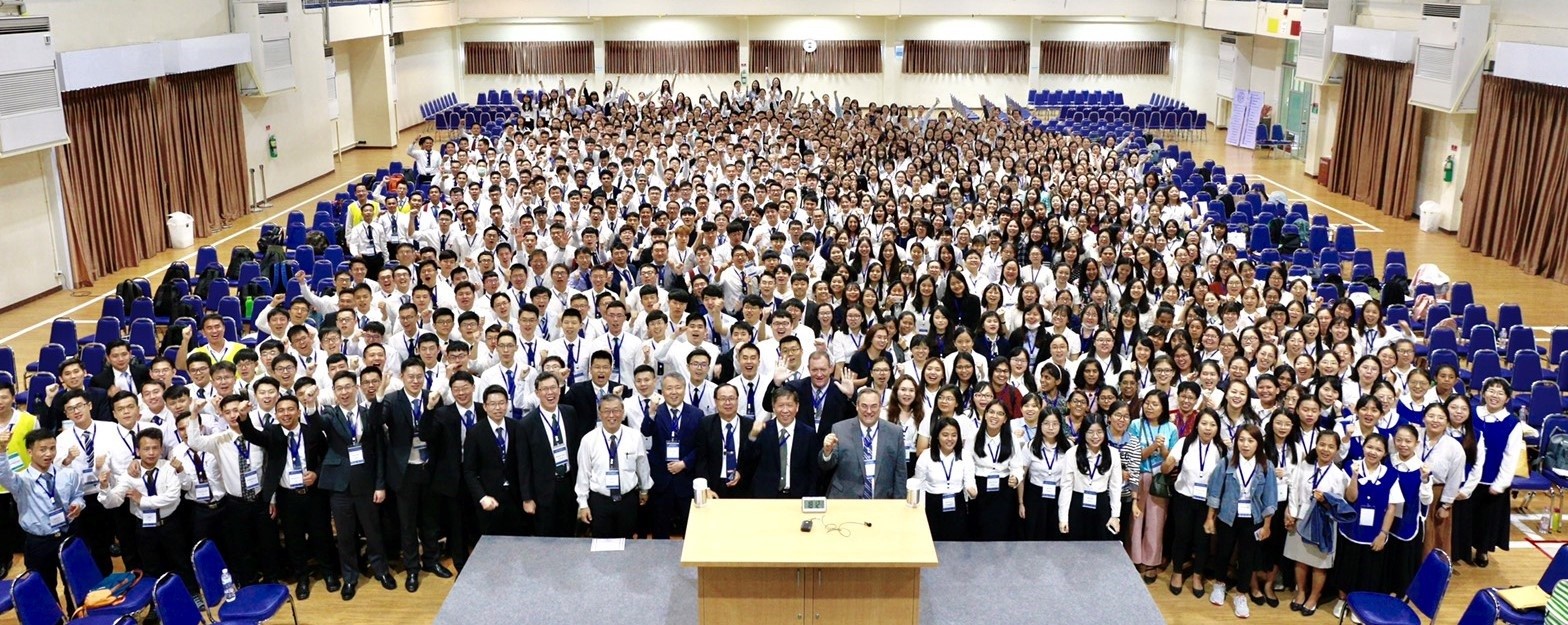Laos
Background:
Modern-day Laos has its roots in the ancient Lao kingdom of Lan Xang, established in the 14th century under King FA NGUM. For 300 years Lan Xang had influence reaching into present-day Cambodia and Thailand, as well as over all of what is now Laos. After centuries of gradual decline, Laos came under the domination of Siam (Thailand) from the late 18th century until the late 19th century when it became part of French Indochina. The Franco-Siamese Treaty of 1907 defined the current Lao border with Thailand. In 1975, the Communist Pathet Lao took control of the government ending a six-century-old monarchy and instituting a strict socialist regime closely aligned to Vietnam. A gradual, limited return to private enterprise and the liberalization of foreign investment laws began in 1988. Laos became a member of ASEAN in 1997 and the WTO in 2013.
Location:
Southeastern Asia, northeast of Thailand, west of Vietnam
Area:
236,800 sq km
Climate:
Tropical monsoon; rainy season (May to November); dry season (December to April)
Ethnic groups:
Lao 53.2%, Khmou 11%, Hmong 9.2%, Phouthay 3.4%, Tai 3.1%, Makong 2.5%, Katong 2.2%, Lue 2%, Akha 1.8%, other 11.6% (2015 est.)
Languages:
Lao (official), French, English, various ethnic languages
Religions:
Buddhist 64.7%, Christian 1.7%, none 31.4%, other/not stated 2.1% (2015 est.)
Population:
7,447,396 (July 2020 est.)
Country comparison to the world: 101
Age structure:
0-14 years: 31.25% (male 1,177,297/female 1,149,727)
15-24 years: 20.6% (male 763,757/female 770,497)
25-54 years: 38.29% (male 1,407,823/female 1,443,774)
55-64 years: 5.73% (male 206,977/female 219,833)
65 years and over: 4.13% (male 139,665/female 168,046) (2020 est.)
Government type:
Communist state
Capital:
Vientiane (Viangchan)
Time difference:
UTC+7 (12 hours ahead of Washington, DC during Standard Time)
Independence:
19 July 1949 (from France)
Economy – overview:
The government of Laos, one of the few remaining one-party communist states, began decentralizing control and encouraging private enterprise in 1986. The results, starting from an extremely low base, were striking – growth averaged 6% per year from 1988-2008 except during the short-lived drop caused by the Asian financial crisis that began in 1997. Laos’ growth exceeded 7% per year during 2008-12. Despite this high growth rate, Laos remains a country with an underdeveloped infrastructure, particularly in rural areas. It has a basic, but improving, road system, and limited external and internal land-line telecommunications. Electricity is available 75% of the country. Laos’ economy is heavily dependent on capital-intensive natural resource exports. The labor force, however, still relies on agriculture, dominated by rice cultivation in lowland areas, which accounts for about 30% of GDP and 75% of total employment. Economic growth has reduced official poverty rates from 46% in 1992 to 26% in 2010. The economy also has benefited from high-profile foreign direct investment in hydropower, copper and gold mining, logging, and construction though some projects in these industries have drawn criticism for their environmental impacts. Laos gained Normal Trade Relations status with the US in 2004. On the fiscal side, Laos initiated a VAT tax system in 2010. Simplified investment procedures and expanded bank credits for small farmers and small entrepreneurs will improve Laos” economic prospects. The government appears committed to raising the country’s profile among investors, opening the country’s first stock exchange in 2011 and participating in regional economic cooperation initiatives. Laos was admitted to the WTO in 2012. The World Bank has declared that Laos” goal of graduating from the UN Development Program’s list of least-developed countries by 2020 is achievable.
GDP (purchasing power parity):
$49.34 billion (2017 est.)
GDP – per capita (PPP):
$7,400 (2017 est.)
Source:
CIA World Factbook







